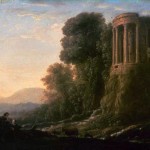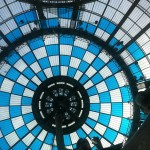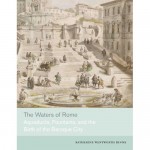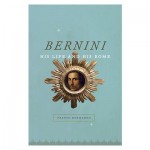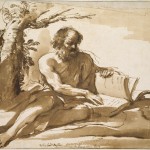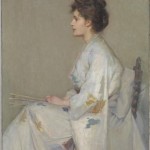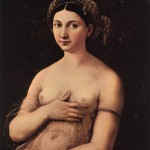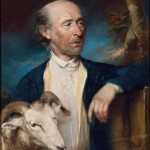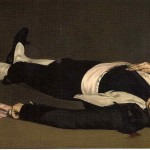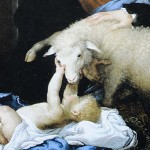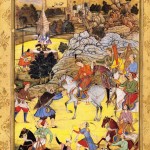
Love and Devotion: From Persia and Beyond Reviewed by Adam Bushby Love and Devotion: From Persia and Beyond, State Library of Victoria, Keith Murdoch Gallery, until 1 July 2012. Illustrated manuscripts from Persia, Ottoman Turkey and Mughal India are rare treats in Melbourne. Love and Devotion: From Persia and Beyond presents a modest but varied collection of manuscripts drawn mostly from the Bodleian Library, University of Oxford, covering the period between the thirteenth and eighteenth centuries. The subject matter is both profane and sacred, familiar secular stories such as One Thousand and One Nights giving way to stories of love and illustrations of the natural world representing the divine. I suspect that most viewers, like me, approach these manuscripts tentatively, because the images they contain appear so different from those one is accustomed to meeting in traditional art histories. For…

